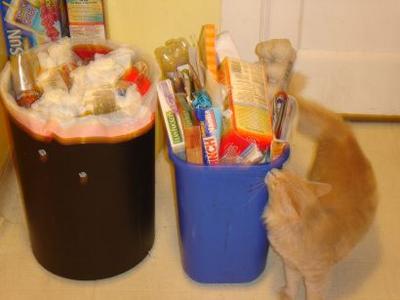Greenwashing

Here is a brief description of Terramor, courtesy of their web site:
Eco-friendly, green, culturally creative, Terramor
celebrates the home as nest and embodies 360º Living, a balanced approach that
respects nature and the ideals of a shared world. Choose from 12 unique
neighborhoods surrounded by natural open spaces and connected by village trails.
More than a place, Terramor is a fulfilling lifestyle.
- All homes will meet California's Energy Star requirements, and exceed Title 24 energy usage reduction standards by at least 20%
- Most homes will feature photovoltaic cells
- An 110V outlet for charging electrical vehicles will be conveniently located at the front of every garage
- Outdoor lighting will be low voltage, fluorescent on automatic timers
- Building designs will provide natural cross-ventilation in all primary rooms.
- Homes will feature solar shade components.
The community will be “connected” via a network of paths of trails and open space so that residents could jog or stroll around without encountering a road. If Junior at home would rather download music and game online all day instead of exercising, every home will also be connected to Terramor’s high speed intranet.
As gosh-darn environmentally friendly as this subdivision purports to be, it amounts to little more than a greenwashing of your ordinary suburban subdivision.
Why? Because the developer and builders have merely dressed up their subdivisions with a number of mostly superficial energy and resource conservation strategies. No real hard choices were made or true impact reducing strategies adopted. In fact, even what few “green choices” they did make could have been expanded on with little effort. While the electrical component appears to be well covered, the heating component was all but ignored. For example, photovoltaic solar panels will be common throughout the development, most water heating still appears to be accomplished by natural gas fired conventional water heaters. Where’s the solar water heater? How about standard tankless water heaters Nor was there any discussion on space heating systems, though given that this is Southern California, winter heating needs seldom amount to much anyway. Passive solar heating strategies have likewise fallen by the wayside. A number of the building styles appear all but ignorant of time-tested ways of capturing or reducing solar gain.
Maybe that three car garage got in the way.
In the grand scheme of things, the measures taken by Terramor are minor. This development still follows the conventional model of suburban development. Differing land uses are still separated from each other. Mixed use development is entirely absent. While many houses appear to hide their garages, the car is still paramount to life in Terramor. Like virtually every other development in this country since the end of World War II, these subdivisions are still established around the hierarchical street pattern that flows from cul-de-sacs to collectors to arterials. As a result transit service here, like so many other suburban locations, is infeasible. With little to no commercial activity present in the community, you can bet the residents will still have to drive to their jobs, the store and just about everywhere else. The path system, while nice, will mostly remain a recreational feature.
The residences themselves are clownish distortions of conventional suburban architecture, which is not an easy achievement. At sizes approaching 5,000 square feet apiece, calling them environmentally sensitive is a joke, even if they are sporting spiffy PV panels and a recycling center. None of these units come close to being self sufficient in energy needs and even if they did, the energy investment in all of that space is still a colossal misuse of natural resources, energy and labor. I mean, with an average family size of four occupying one of these behemoths that’s around 1200 square feet per person.

After the fourth bedroom, it becomes clear the builder is out of ideas to name these useless rooms. The culture room? The tower room (see left)? Come on—is this really necessary? What does one do with a tower room anyway? Ward off marauding youngsters from the nearby townhome development? Appreciate the view of the neighboring subdivision?
Terramor, like many other “green” or “sustainable” communities out there, is joke. All it is sprinkling of good, environmentally sound ideas and strategies that lull or snooker the well-meaning, but ignorant homeowner into paying extra for the same old suburban crap. In the end, the developer can market him or herself off as a “progressive community builder” (or some other nonsense like that) while Johnny and Sally Homeowner can contemplate in their new culture room how they did their part to help the environment.
But it’s not just residential developers that greenwash. Huge Fortune 500 firms do this all the time. Walmart has built several “Green” stores around North America, complete with a ridiculous looking wind turbine and make it a showpiece for public consumption. Meanwhile in community after community, they continue to build their traditional grey structures that perpetuate everything that is wrong with this line of thinking.
General Electric is another participant in green washing. Has anyone caught their recent Eco-Magination P.R. blitz that features dancing jungle animals (when was the last time you saw an elephant in the rainforest anyways) and those very “hot” looking Clean Coal miners? I am not even going to get into what the oil companies are up to… Again you have another great example of an environmentally destructive or energetically wasteful firm engaged in a green snow-job to the ever docile public.
In the end, no amount of green washing will forestall the consequences of the coming energy crisis nor gain these firms or consumers any protection their inevitable impacts. All these strategies really do is take an ugly picture palatable for mass consumption. Or as the old cliché goes, it’s akin to putting lip stick on pig.

Hint folks…it’s still a pig.






